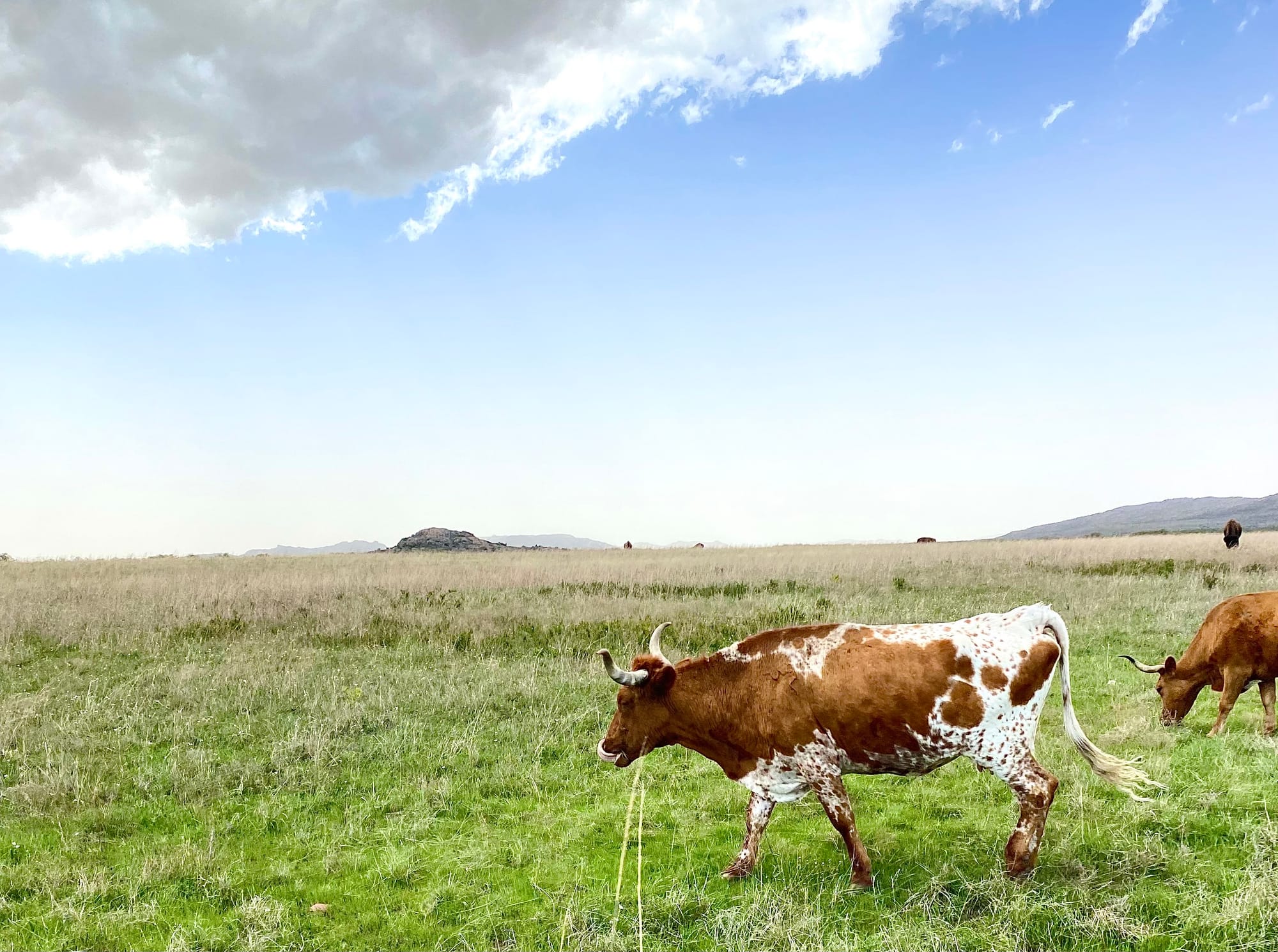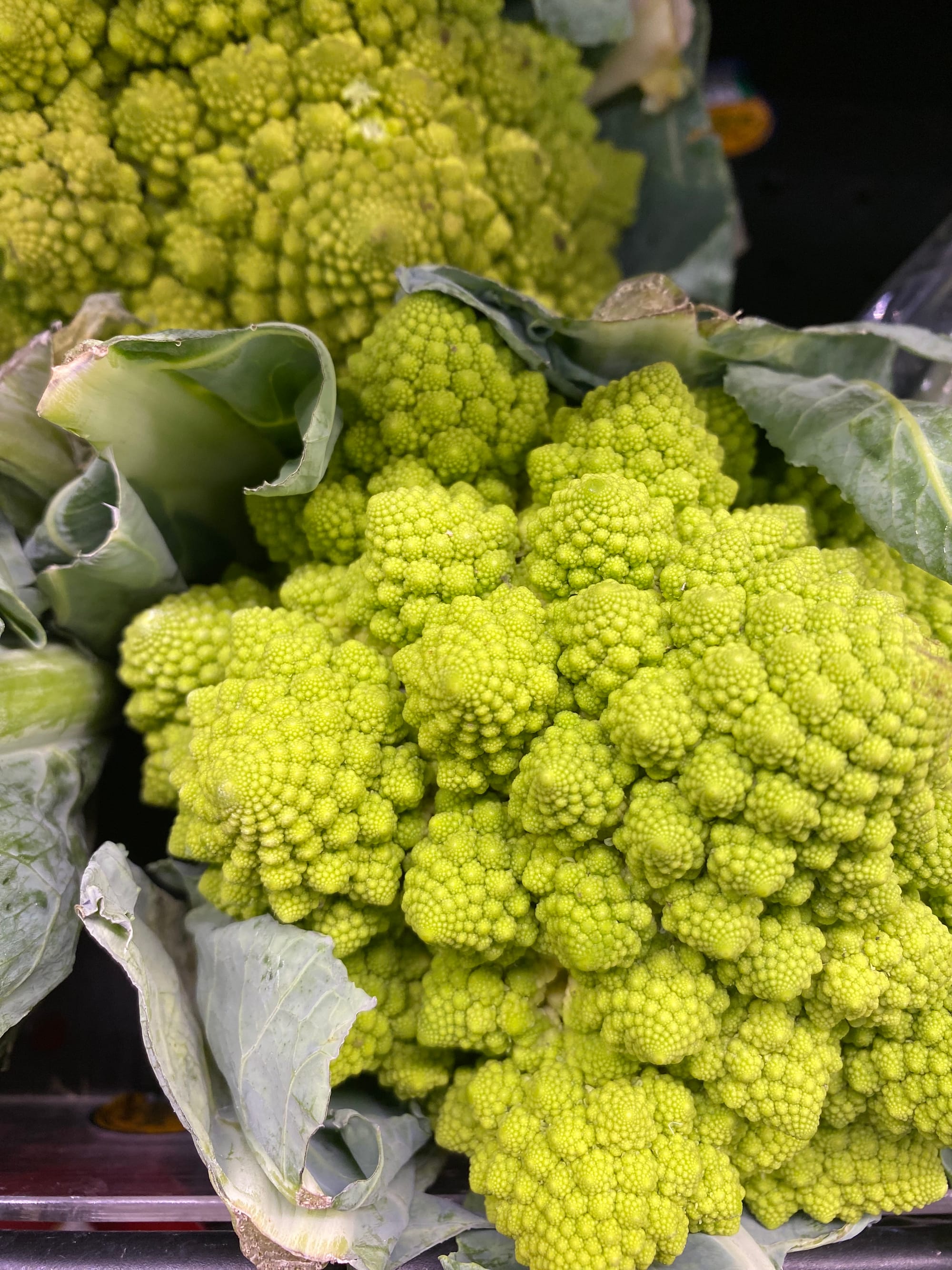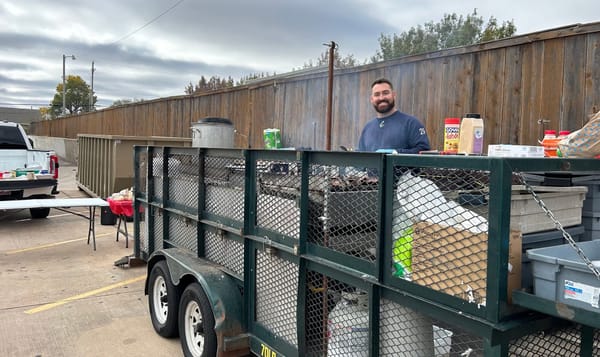How an economy that caters to convenience impacts ways farmers in Southwest Oklahoma handle pests and weeds
With growing numbers of health concerns linked to chemicals used in modern markets, and the negative impacts mass-produced food have had on local economies, there’s never been a better time to be conscious of what to consume and shop local.

From how quickly products are produced, to how they are used, the current economy is geared toward convenience and encourages overconsumption. Through the lens of a structure such as capitalism, many businesses are focused on how to make the largest amount of money. With that in mind, the processes in place that encourage continual purchasing seem logical, but at what cost?
There are many industries that can handle constant and quick production without being quite as concerning as others. Food, however, is not one of those industries. In fact, the more food is mass-produced and quickly produced, the more likely it is to correlate with health concerns.
A notable 2008 documentary, Food Inc., shined a light on the problematic results of factory farming and its impacts on people’s health, as well as small rural towns’ economies. Even the way most large-scale farms mass-produce fruits, vegetables, and grains results in negative effects, especially on small farming communities like the ones that make up many parts of Oklahoma and Texas.
The focus on growth hormones highlighted in the documentary is just one common problem in the foods we consume today. The use of pesticides and herbicides is a whole other beast of its own. Farmers of the old days, when farmers markets and roadside stands were more popular, invested a lot of blood, sweat and tears into addressing these problems, versus many modern farmers. They hand-pulled and trapped, dusted, and used other creative means of addressing pests and weeds. While they may have been more time-consuming approaches, they were much safer.

Colten Glover, a fourth-generation farmer in Lawton, said he uses a combination of methods to address weeds, with chemical herbicides being his last option. Glover explained that he tries to only spray his fields every other year, using a partly phosphate spray. He said he recalls that his grandfather never used herbicides or pesticides, but instead spent a lot of time in the fields pulling, burning, and cutting weeds.
“I grew up pulling a lot of weeds with my grandpa,” Glover said. “Anything I can pluck out of the ground with my hands, I’ll do it.”
Glover said that because of his balanced techniques of weed control, he’s never personally seen the negative side effects that herbicides and pesticides can have on the land and livestock, but he’s heard about them. He did mention that he’s had to deal with spray drift when his neighbors spray and that resulted in part of his crops dying. Spray drift is when chemical pesticides or herbicides are sprayed on one property but carried over to a different area by the wind.
On this point, Glover noted that it’s essential to consider wind direction when using chemical herbicides. He added that, still, he believes the best way to handle weeds is to get rid of the plants entirely, especially before they go to seed.
Glover stands by his methods of addressing weeds because they’ve been tried and true for generations. He said that his methods are cheaper than using chemicals, as sprays cost him about $17 an acre, on a farm that’s a few hundred acres. He also mentioned that many chemicals are likely to cause cancers in livestock if not managed properly, which is another costly issue to address.
Glover is currently expecting his first child with his wife Kenia and intends to raise them with the same devotion to doing things the right way, even if it takes more time. Glover was raised to be conscious of what’s best for the land and animals. That, paired with his own consciousness around finances, has endured generations for a reason and he intends to carry that on.
According to the USDA, the use of pesticides and herbicides on crops began to gradually increase beginning in the 1960s. A study by the National Institutes of Health shows that exposure to these chemicals affects people through both food consumption and water contamination. It reveals that herbicides and pesticides can contribute to health complications concerning the heart, brain, reproductive organs, and respiratory systems. In addition, the study reveals how negatively these chemicals alter ecosystems, proving deadly to most wildlife that come into contact with them.
Faye Barnes, a Lawton local that grew up on a farm in Mangum and has been growing her own food since the 70s, said she prefers to use certain herbs to address pests. Specifically, she uses a combination of catnip or citronella and everclear as a spray. She said the method has been effective for her in the decades she’s been caring for plants.
Barnes said she also uses bottle traps and light sticky traps designed for insects in indoor settings, which are perfect for greenhouse growing. She explained that for larger creatures, her and her husband, Loren, will set live traps and relocate the animals on friends’ properties.
Barnes said she is strongly against the use of pesticides because of how they’ve proven to be harmful. She believes the benefits of convenience they provide in no way outweigh the negative side effects they have. She described pesticides as “indiscriminate killers.” She likened them to antibiotics for the human body; in small portions they can be used as a tool, but when they’re overdone, they become dangerous.
“They’re very harmful to our environment,” Barnes said. “I do not like anything that would be harmful to me, the plants, or the planet, and pesticides are along that line.”
A USDA Oklahoma Agriculture study done in the last decade shows that herbicides and insecticides were used on 71% of acres of Cotton farms and 87% of Sorghum farms, alone. While these are only a small portion of the crops produced in the area, they demonstrate the heavy reliance on these chemicals. It also illustrates how constantly exposed residents are to the chemicals, whether they’re aware of it or not. One of these crops is used to clothe and the other is used to feed, meaning Oklahoma residents are exposed to the chemicals on an external and internal level.



Like with most markets that have had issues arise that impact business, some businesses have chosen to address the issues rather than brush them under the rug in order to better appeal to clients. According to the U.S. Environmental Protection Agency, companies are required to be transparent about the health risks of herbicides on product labels and paperwork. Further, in the state of Texas, companies must leave visual notices after a property has been treated with pesticides in compliance with the Texas Agricultural Hazard Compliance Law (https://texasagriculture.gov/Regulatory-Programs/Pesticides/Worker-Protection/Texas-Worker-Protection-Law).
However, Oklahoma doesn’t have specific state laws regarding the matter and companies are only held to the standard of federal laws. As a result, a few companies in Southwest Oklahoma have taken a more modern approach to their businesses to address the issues.
Environmental Pest Control in Lawton said that, in general, their use of chemical pesticides is a level considered safe for pets and kids. In addition, they offer a “green solution” for individuals seeking a more environmentally-safe approach to addressing pests. Their stance is an attempt to offer alternative pest control options that are safer and less harmful to the environment.
Another local company, Osprey Agri Drones, uses drones to spray crops. Mason Walker, the owner of the company, said their method of spraying herbicides is much more precise than that of other companies, as the drones can better target where to spray. That said, he acknowledged that the drones are susceptible to the same natural concerns as other companies using chemical herbicides.
“When using drones, it’s like any other spraying method. You have to consider nature and wind directions and also buffer zones – knowing where there are nearby areas that need to be considered is necessary,” Walker shared.
Walker said that though the drones have a more precise spraying technique, they still use as much of the chemical solution as other methods of spraying. Although, he did note that because the drones can better target the area to spray, reducing the span of area that must be sprayed, the company is experimenting with using a smaller quantity of chemicals.
With growing numbers of health concerns linked to chemicals used in modern markets, and the negative impacts mass-produced food have had on local economies, there’s never been a better time to be conscious of what to consume and shop local. Many communities in Southwest Oklahoma have nearby farmers markets that address both of these points. Beyond that, these concerns provide an excellent excuse to learn gardening skills and grow food at home, to provide absolute certainty about what goes into it. While the old methods of treating crops for pests and weeds may be more tedious and tiring, their benefits are well worth the effort they require.




